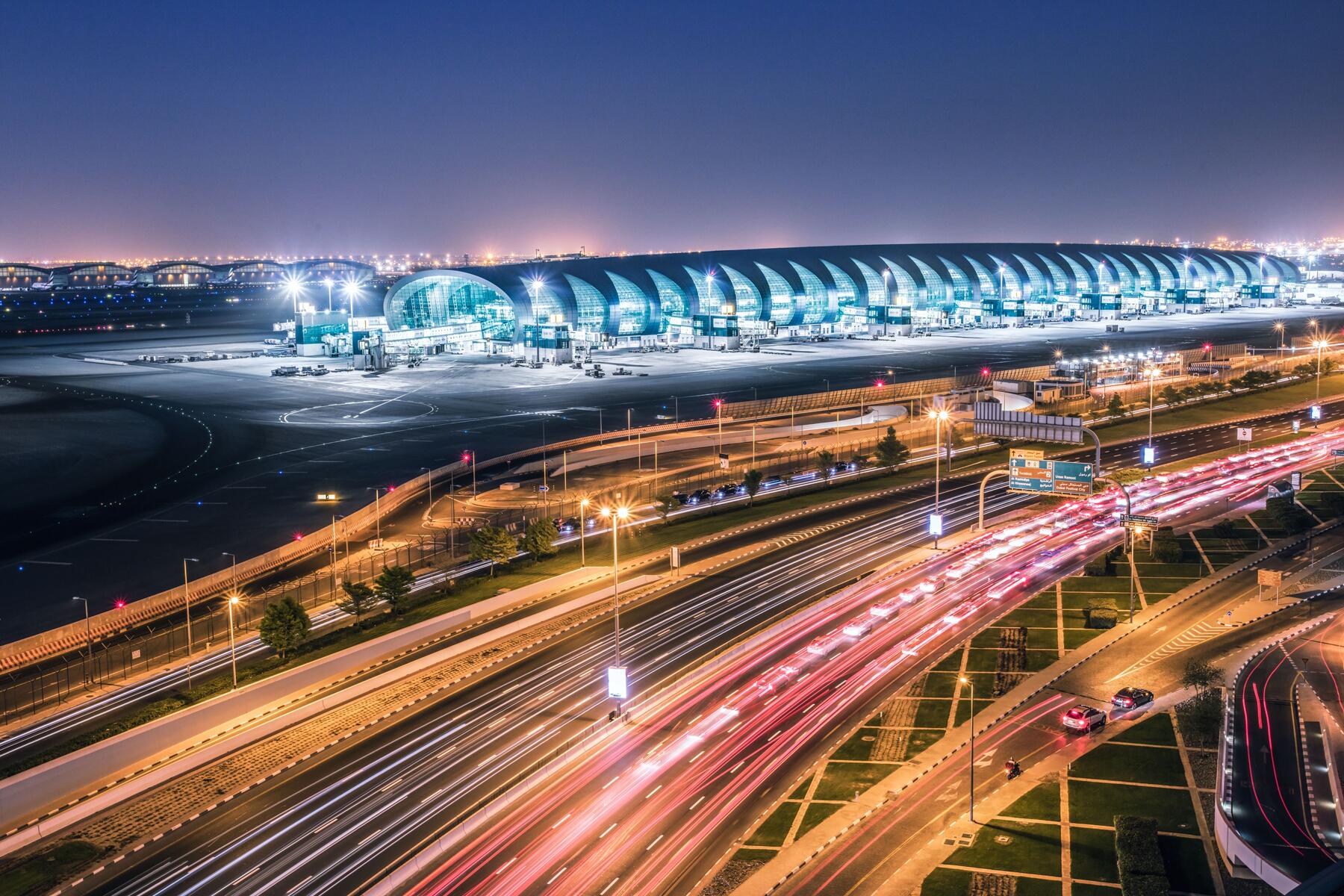After an unprecedented bushfire season, Australia is once again open for business.
As summer draws to a close in the Southern Hemisphere, the worst of Australia’s ferocious wildfire season is over. On Thursday, February 13, authorities announced that all fires in New South Wales were under control for the first time since September, thanks to heavy rainfall across the state.
At the same time, the rainstorms brought hail and flash flooding to the outskirts of Sydney and the surrounding coastline, as well as widespread power outages. So, what is going on with Australia’s weather, and should you change your travel plans?
How Big Were the Fires?
Australia has a long history of wildfires (or bushfires) occurring in the summer months, from December to February. The 2019-2020 season, however, has been unlike anything in recent memory. The wildfires have burned an area larger than South Carolina, killing 33 people and over a billion native animals and destroying almost 3,000 homes. Thousands of volunteer firefighters, including reinforcements from the U.S. and Canada, worked overtime to battle the blazes.
The fires were mostly concentrated in the south-eastern coastal regions of New South Wales and Victoria and in the neighboring mountain ranges, although every state in the country was affected in some way. Heavy smoke blanketed Sydney, Melbourne, and Canberra at different times during the summer, often causing respiratory problems for pets, children, asthmatics, and the elderly, and flights were temporarily grounded in and out of the Canberra airport.
Recommended Fodor’s Video
Where to Visit
Now, the country is beginning to recover from a national disaster. If you have plans to visit Australia in the near future, it is very unlikely that you will be in any danger from the fires. You may have seen maps or images of the wildfires circulating on social media; many of these photos are real, but Buzzfeed and AFP have found some fake or misleading images also in circulation, so make sure to check the source of any information before making a decision not to visit.
Destinations like Perth in Western Australia, Uluru in the Northern Territory, the Gold Coast in Queensland, and Hobart in Tasmania were completely unaffected by the fires. In South Australia, New South Wales, and Victoria, all tourist areas have now reopened for business and are operating as normal (Kangaroo Island in South Australia is open, but remains partially impacted by the fires.). You can see a full update on the Tourism Australia website or the relevant state Fire and Emergency Services agency.
If you travel to the South Coast of New South Wales, the Blue Mountains, Kangaroo Island, the Adelaide Hills, East Gippsland, the Snowy Mountains, or Canberra, you may pass through burnt areas and even see destroyed houses. Residents have requested privacy in this difficult time, so please do not go out of your way to visit burnt-out properties.
The wildfires hit during Australia’s peak tourist season, so many places (especially small towns) have lost revenue and are desperate for visitors to return. Your spending on food, accommodations, and other attractions will go straight into the local economy and help towns rebuild. Check out the @SpendWithThem Instagram account for ideas on where to visit.
What Next?
The Australian Bureau of Meteorology has found that the peak bushfire period in northern Australia is during the dry season (May to October), while in southern Australia the bushfire season generally occurs throughout summer and autumn (December to May). Experts say the severe drought leading up to the fire season allowed the fires to burn more intensely and for a longer time period. In fact, 2019 was Australia’s driest year on record.
The severity of the drought and related extreme weather events has been exacerbated by climate change, but Australia’s Prime Minister Scott Morrison was criticized for attempting to downplay the crisis. Led by a conservative coalition government, Australia has no nation-wide climate change policy in place; according to the 2020 Climate Change Performance Index, Australia is the worst-performing country on climate change out of the 57 nations assessed.
Without effective global action in climate change, we can expect south-eastern Australia to be increasingly affected by fire in the future, especially during the warmer months. Of course, that doesn’t mean you shouldn’t visit the whole country. Australia’s vast size means it has a wide range of climates and ecosystems that are fire-resistant. Tropical northern Queensland and the Outback in central Australia, for example, are well protected, as is most of Tasmania and the deserts of Western Australia.
Even in New South Wales and Victoria, the towns and cities that suffered this summer are well worth the trip now the danger has passed. In the aftermath of such a devastating event, Australians are ready to welcome visitors with open arms.



